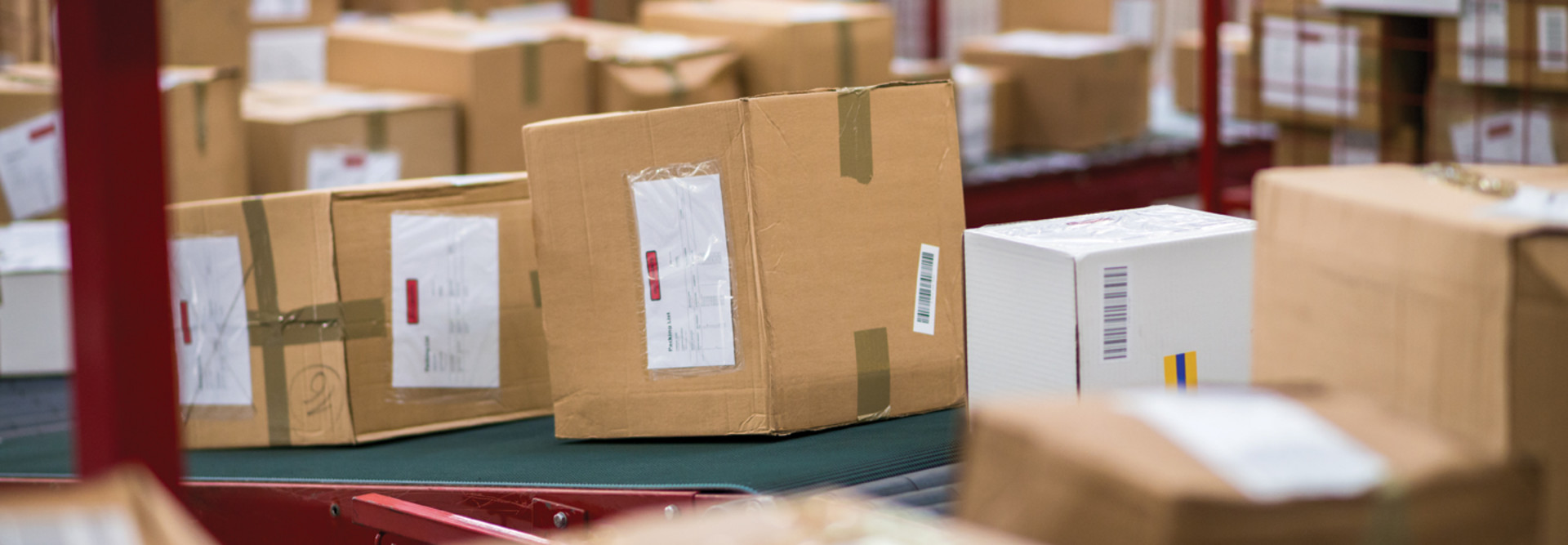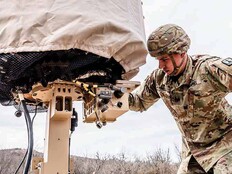How USPS Is Leveraging AI to Serve Customers
The USPS has faced criticism over delays in the delivery of mail and packages over the past year, as the coronavirus pandemic took a toll on the service’s workforce and operational changes led to delays. About 78 percent of first-class mail was delivered on time in the first quarter, down from more than 92 percent of first-class mail delivered on time during the same period the previous year, USPS CTO Scott Bombaugh said at a USPS Board of Governors meeting in May, according to CBS News.
The USPS processes a huge volume of mail and packages every day. “Roughly 129 billion pieces of mail and 7.3 billion packages were processed by the Postal Service last year and within its infrastructure are thousands of scanners, cameras and other elements,” Nextgov reports.
The partnership with NVIDIA is part of an effort by the USPS to leverage technology to make its operations more efficient. The AI tools are being rolled out at 195 USPS processing centers
The USPS is using four NVIDIA V100 Tensor Core GPUs in HPE Apollo 6500 servers. “Today, each edge server processes 20 terabytes of images a day from more than 1,000 mail processing machines,” the NVIDIA blog post states. “Open source software from NVIDIA, the Triton Inference Server, acts as the digital mailperson, delivering the AI models each of the 195 systems need — when and how they need it.”
The USPS has long used optical character recognition technology to scan mail and packages for legibility. Now, however, according to NVIDIA, the new OCR application to manage the USPS’ imaging workflow will “live as a deep learning model in a container on ECIP managed by Kubernetes and served by Triton.”
Departments within the USPS, from enterprise analytics to finance and marketing, have come up with as many as 30 applications for ECIP, and Schimmel hopes to launch a few of them in 2021, according to the blog post.
“One would automatically check if a package carries the right postage for its size, weight and destination,” the post notes. “Another one would automatically decipher a damaged barcode and could be online as soon as this summer.”
“This has a benefit for us and our customers, letting us know where a specific parcel is at — it’s not a silver bullet, but it will fill a gap and boost our performance,” Schimmel says in the post.
DIVE DEEPER: How is NASA bringing edge computing and artificial intelligence to space?











